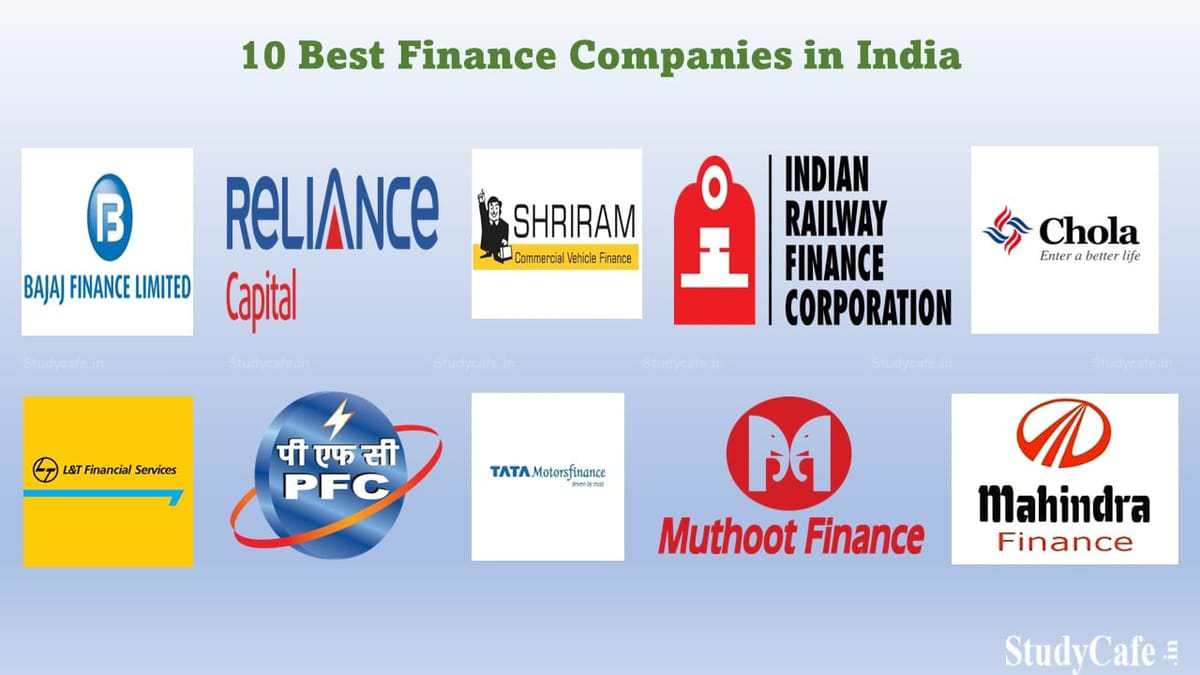The formation of human population in South and Central Asia.
Intro: I know that this is not an easy read for most but for the present and later the posterity, tolerate it anyway.
Dr-Nirmal Kumar.
Rakhigarhi Paper: The formation of human populations in South and Central Asia. (A landmark paper soon after the discovery of more than 5000 year old Rakhigarhi (Haryana) female skeleton from which live DNA could be extracted)
Structured Abstract: To elucidate the extent to which the major cultural transformations of farming, pastoralism, and shifts in the distribution of languages in Eurasia were accompanied by movement of people, we report genome-wide ancient DNA data from 523 individuals spanning the last 8000 years, mostly from Central Asia and northernmost South Asia.
RESULTS: The movement of people following the advent of farming resulted in genetic gradients across Eurasia that can be modeled as mixtures of seven deeply divergent populations. A key gradient formed in southwestern Asia beginning in the Neolithic and continuing into the Bronze Age, with more Anatolian farmer–related ancestry in the west and more Iranian farmer–related ancestry in the east. This cline extended to the desert oases of Central Asia and was the primary source of ancestry in peoples of the Bronze Age Bactria Margiana Archaeological Complex (BMAC). This supports the idea that the archaeologically documented dispersal of domesticates was accompanied by the spread of people from multiple centers of domestication. The main population of the BMAC carried no ancestry from Steppe pastoralists and did not contribute substantially to later South Asians. However, Steppe pastoralist ancestry appeared in outlier individuals at BMAC sites by the turn of the second millennium BCE around the same time as it appeared on the southern Steppe. Using data from ancient individuals from the Swat Valley of northernmost South Asia, we show that Steppe ancestry then integrated further south in the first half of the second millennium BCE, contributing up to 30% of the ancestry of modern groups in South Asia. The Steppe ancestry in South Asia has the same profile as that in Bronze Age Eastern Europe, tracking a movement of people that affected both regions and that likely spread the unique features shared between Indo-Iranian and Balto-Slavic languages.
The primary ancestral population of modern South Asians is a mixture of people related to early Holocene populations of Iran and South Asia that we detect in outlier individuals from two sites in cultural contact with the Indus Valley Civilization (IVC), making it plausible that it was characteristic of the IVC. After the IVC’s decline, this population mixed with northwestern groups with Steppe ancestry to form the “Ancestral North Indians” (ANI) and also mixed with southeastern groups to form the “Ancestral South Indians” (ASI), whose direct descendants today live in tribal groups in southern India. Mixtures of these two post-IVC groups—the ANI and ASI—drive the main gradient of genetic variation in South Asia today.
CONCLUSION: Earlier work recorded massive population movement from the Eurasian Steppe into Europe early in the third millennium BCE, likely spreading Indo-European languages. We reveal a parallel series of events leading to the spread of Steppe ancestry to South Asia, thereby documenting movements of people that were likely conduits for the spread of Indo-European languages.






Comments
Post a Comment